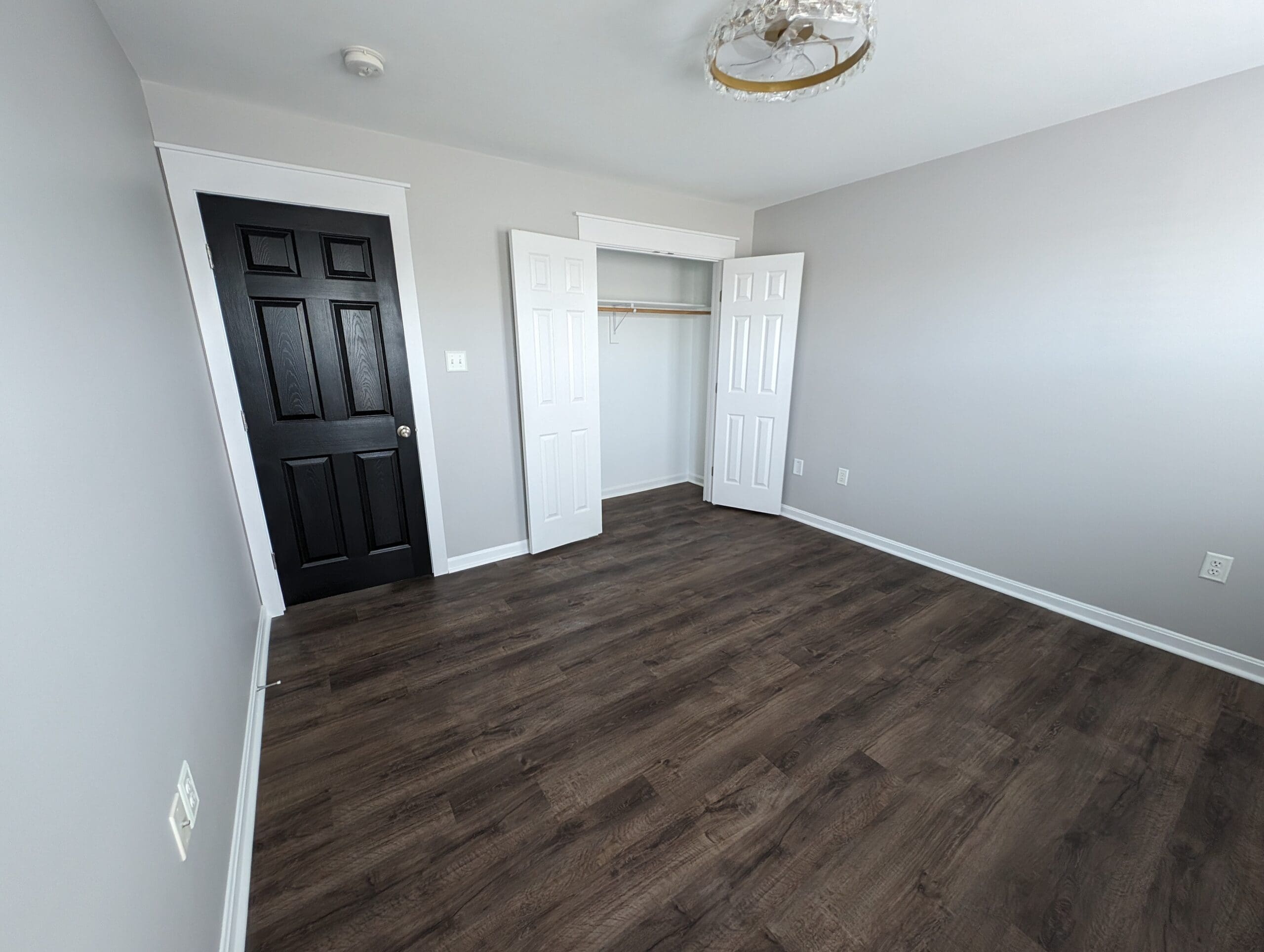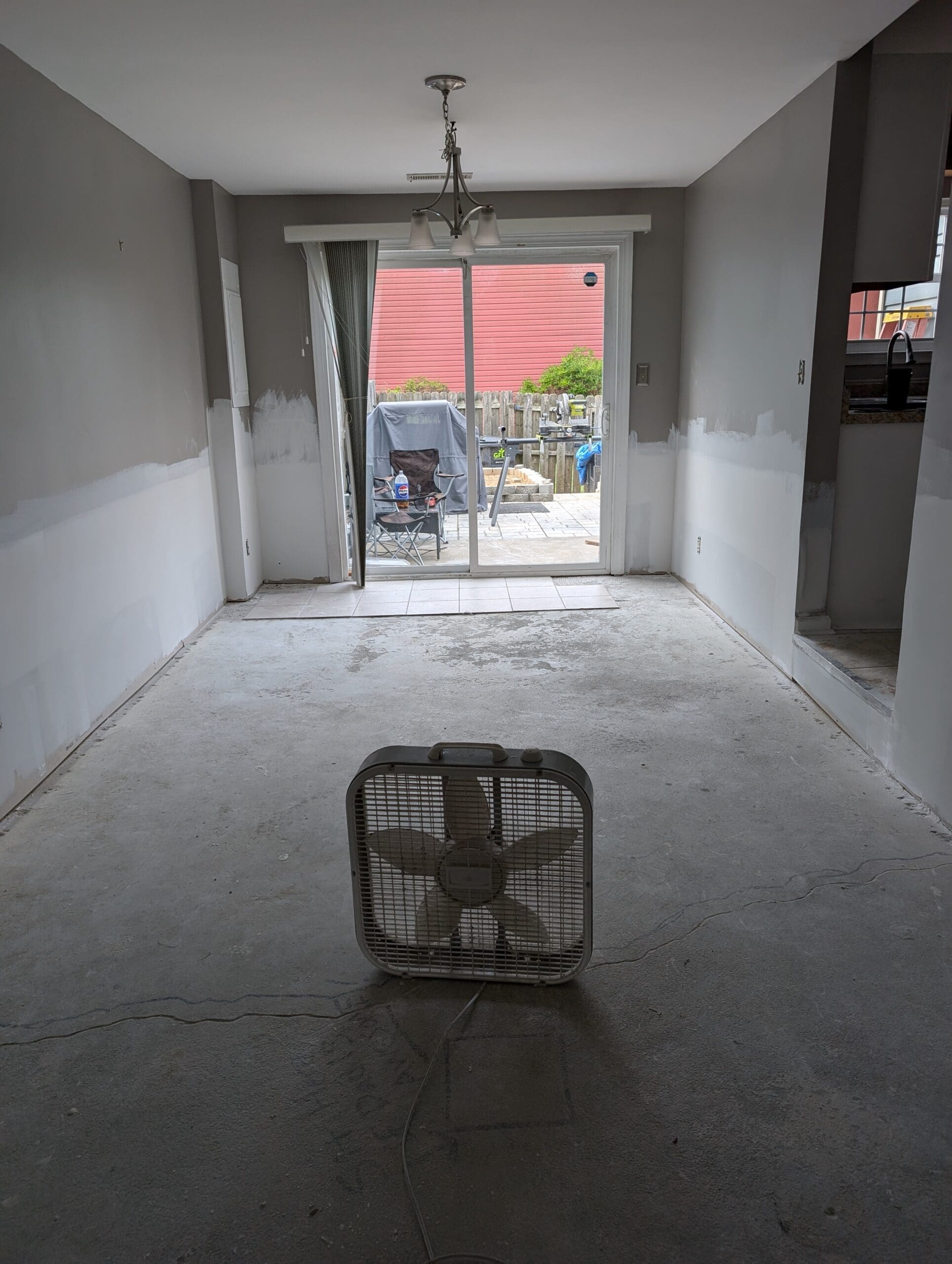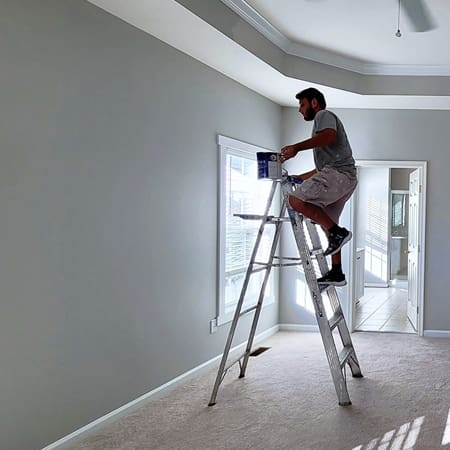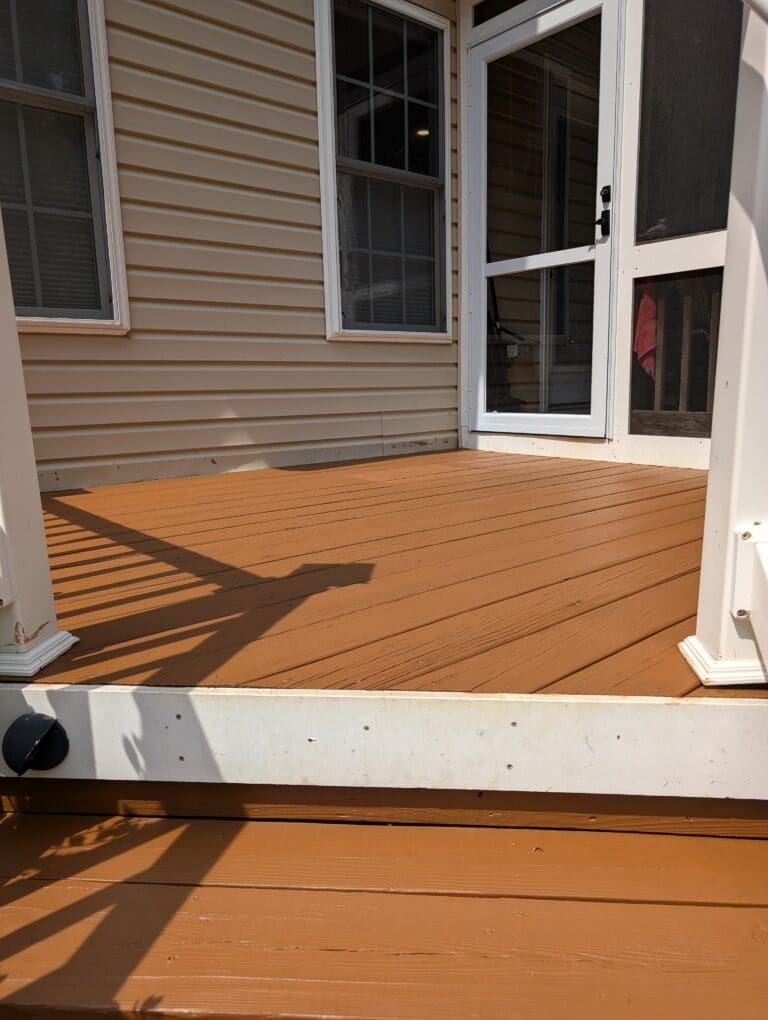Maintaining Your Freshly Painted Walls: Tips for Longevity
Freshly painted walls can instantly refresh a room or boost curb appeal, but keeping that finish looking sharp takes more than waiting for the paint to dry. Whether you’ve just repainted your interior or invested in a new coat for your home’s exterior, routine care is essential for extending the life and appearance of the finish. Many homeowners overlook this part of the process, assuming paint alone will handle wear and tear. The reality is different—paint needs protection, especially when it’s exposed to foot traffic, sunlight, moisture, or daily indoor activity.
At Alpha Painting, we always emphasize the importance of proper surface preparation and quality paint application, but long-term results also depend on how well walls are maintained after we leave the job site. Understanding the role of cleaning, inspection, and a few preventative measures will help protect your investment and keep your walls looking their best year after year.
Table of Contents
The Role of Paint Sheen in Durability
Maintaining freshly painted walls starts with knowing the type of paint used. Flat or matte finishes tend to absorb light and offer a smooth, non-reflective appearance, which can help hide surface imperfections. However, they’re also more prone to staining and less forgiving when it comes to cleaning. On the other hand, satin and semi-gloss finishes have a slight to moderate sheen, making them more resistant to moisture and easier to wipe down. Gloss finishes, though less commonly used on full walls, offer the highest level of durability and are often chosen for trim or doors for that reason.
Understanding the sheen gives you a clear idea of how aggressive or gentle you need to be with cleaning and maintenance. If you’re not sure what paint type was used, test in a discreet spot first. A microfiber cloth and a little warm water can reveal how well the surface holds up under light pressure.
Routine Cleaning Without Damaging the Finish
Dust buildup may not seem like a threat, but over time it dulls paint and makes the surface look older than it is. Regular dusting is one of the simplest and most effective steps you can take. Use a soft microfiber duster or dry cloth and gently wipe from top to bottom. Focus on high-touch areas like light switches, corners, behind furniture, and hallway walls.
When it comes to deeper cleaning, avoid harsh chemicals or abrasive pads. Mild dish soap diluted in warm water is often all you need. Dip a soft sponge or microfiber cloth into the soapy water, wring it out, and gently wipe the wall. Always test on a small, hidden area first—especially if the walls have a flat or matte finish.
Rinse with a clean damp cloth afterward to remove any soap residue. Avoid oversaturating the wall. Excess water can seep into the paint or drywall, causing bubbling or peeling. Also, steer clear of colored sponges or cloths that might transfer dye to the surface.
Preventing Scuffs and Impact Damage
Wall damage isn’t always about dirt. Furniture scuffs, shoe marks, and minor impact dents can chip away at the finish and expose the underlying surface to moisture and air. This leads to uneven color and faster deterioration.
To prevent this, leave a small gap between your furniture and the walls—just an inch or two can make a big difference. Use bumpers on chairs, couches, and tables, especially in tight spaces. If you have children or pets, consider installing chair rails or protective trim in areas where contact is frequent.

In high-use spaces like mudrooms, stairwells, or entryways, it may also help to repaint these areas more frequently using tougher finishes like satin or semi-gloss. These finishes not only offer better durability but make spot cleaning far more practical.
Managing Moisture and Humidity Indoors
Excess moisture is one of the biggest threats to interior paint. Bathrooms, kitchens, and basements are especially vulnerable due to frequent steam and humidity. Over time, moisture can weaken the paint film, create blistering, or even lead to mold growth behind the surface.
Use exhaust fans whenever you’re cooking or showering. If fans aren’t built-in or effective, portable dehumidifiers can help manage indoor humidity levels, especially during warmer months. Keep an eye on walls near windows, under sinks, or near HVAC systems, and address any signs of condensation immediately.
Mold and mildew stains should be handled carefully. Never scrub these areas aggressively. Instead, use a mild solution of white vinegar and water or an anti-microbial cleaner labeled safe for painted surfaces. Apply with a soft cloth and pat dry afterward.
Protecting Exterior Walls From Weather Exposure
Exterior walls deal with a different set of challenges—sunlight, rain, snow, and temperature swings all test the durability of a paint job. While quality paint and proper preparation are essential, ongoing care plays a major role in extending the lifespan of the finish.
Start with periodic rinsing. Every six months, use a garden hose or low-pressure sprayer to remove dust, pollen, and grime. Focus on north-facing walls, shaded areas, and spots near gutters or landscaping. These areas tend to trap more moisture and dirt. Don’t use a pressure washer unless you know what you’re doing—too much pressure can lift paint or damage siding.
Check caulking and sealant lines annually. Gaps or cracks around windows, doors, or trim allow moisture to seep behind the paint, compromising the adhesion. Reapply caulk where it has shrunk or separated. This small maintenance task prevents water intrusion and extends the life of both the paint and the underlying structure.
Trees and shrubs planted too close to exterior walls can also accelerate wear. Branches rub against the surface, while leaves trap moisture and attract insects. Keep plants trimmed back to allow proper air circulation and protect the paint film.
Handling Small Repairs Before They Grow
Even with the best maintenance habits, accidents happen. A scrape from moving furniture, a nail hole from rearranging artwork, or a dent from indoor activity—these are all minor issues at first but can become more noticeable over time if not addressed properly.
Keep a small container of leftover paint in a cool, dry place for touch-ups. Label it clearly with the room name and date. Before patching a spot, make sure the surface is clean and dry. Use a lightweight spackle for nail holes or minor dents, sand the area smooth, and apply primer if the area is larger than a quarter. Then use a small brush or roller to feather in the touch-up paint, blending it into the surrounding area.
Don’t try to fix peeling or blistering paint by painting over it. These symptoms indicate a deeper issue—usually moisture or poor surface prep. Scrape away loose paint, investigate the cause, and correct the problem before repainting.
Maintaining Painted Trim and Moldings
Trim, baseboards, door frames, and crown moldings are often coated with semi-gloss or gloss paint. These finishes are more durable, but they also show dirt, dust, and smudges more easily. Regular cleaning and occasional touch-ups are key.
Wipe down trim monthly using a damp cloth and mild cleaner. Don’t forget about corners, window sills, and baseboards near floor vents or pets. These areas gather more debris than you might notice day to day.
Repainting trim is sometimes more effective than scrubbing away stubborn marks. Since trim takes less time to paint, freshening it up every few years can dramatically improve the overall appearance of the room without needing a full repaint.
Seasonal Maintenance Checklist
To stay ahead of wear and tear, it helps to build a seasonal maintenance habit. Spring and fall are the ideal times to inspect both interior and exterior paint. Look for any cracking, fading, bubbling, or mildew. Address issues while they’re still small, and schedule touch-ups or repairs as needed.
Indoor temperature and humidity control also make a difference in how well your walls hold up. Heating and cooling systems can dry out the air or introduce moisture depending on the season. Use humidifiers or dehumidifiers where appropriate, and seal windows and doors to prevent drafts or condensation.
Final Thoughts on Paint Longevity
Paint is one of the most cost-effective ways to refresh and protect your home, but it doesn’t maintain itself. Regular cleaning, minor repairs, and thoughtful prevention go a long way in preserving the look and function of painted surfaces. Knowing the type of paint used, understanding the conditions it’s exposed to, and putting a few habits in place will reward you with beautiful walls that last much longer.
A freshly painted home looks impressive. Keeping it that way takes a little attention, some seasonal care, and an understanding of how to handle normal wear. Whether you’re maintaining a recent interior repaint or looking to stretch the lifespan of an exterior job, these steps will help protect the finish and maximize the return on your investment.







